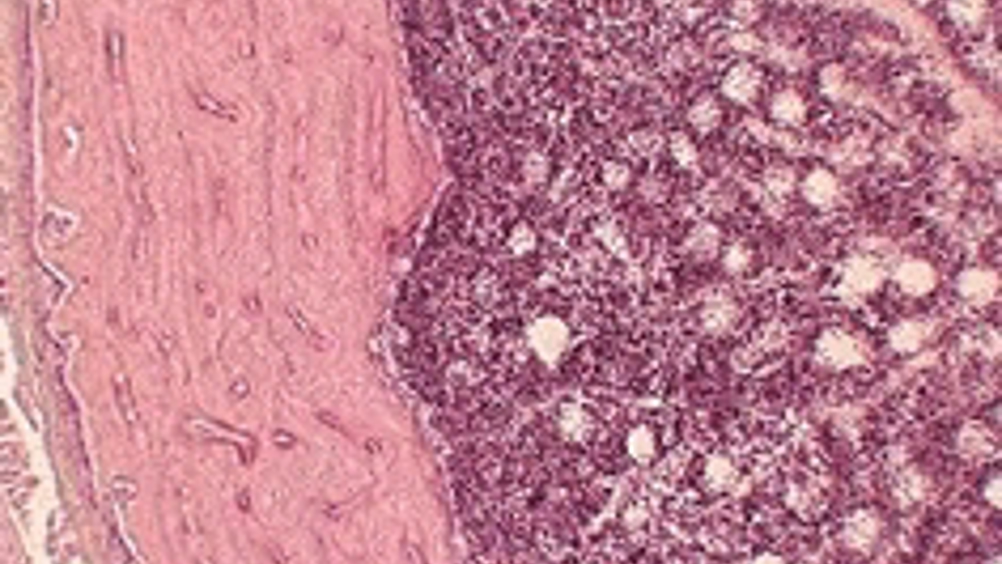Cameras to enhance cancer diagnosis
The time taken to detect brain tumours could be significantly reduced as a result of a nuclear physics project being led by Liverpool University.

Working in collaboration with the Science and Technology Facilities Council’s Daresbury Laboratory, researchers are hoping to develop the next generation of medical imaging technologies for the improved detection and treatment of cancer.
“It will be possible to fit this SPECT system retrospectively to MRI scanners across the UK”
The work, which is being done under the title Project ProSPECTus, will be based on single photon emission computed tomography (SPECT) imaging – a technique that detects gamma rays emitted from a small amount of a radioactive pharmaceutical injected into the body.
Conventionally, an ’Anger Camera’ is used to do this. This camera relies on a collimator to filter some of the gamma rays through and to build a picture of the inner biological process of the patient.
However, ProSPECTus has taken a different approach by using what is known as the ’Compton Camera’. This identifies the origin of the gamma rays without the use of a collimator, resulting in much less radiation being emitted during the process.
Dr Andy Boston, project spokesperson for Liverpool University, said that, because the radiation is used more efficiently, the sensitivity of the camera is improved, allowing the dose of radiation administered to the patient to be increased.
Register now to continue reading
Thanks for visiting The Engineer. You’ve now reached your monthly limit of news stories. Register for free to unlock unlimited access to all of our news coverage, as well as premium content including opinion, in-depth features and special reports.
Benefits of registering
-
In-depth insights and coverage of key emerging trends
-
Unrestricted access to special reports throughout the year
-
Daily technology news delivered straight to your inbox










UK Enters ‘Golden Age of Nuclear’
The delay (nearly 8 years) in getting approval for the Rolls-Royce SMR is most worrying. Signifies a torpid and expensive system that is quite onerous...